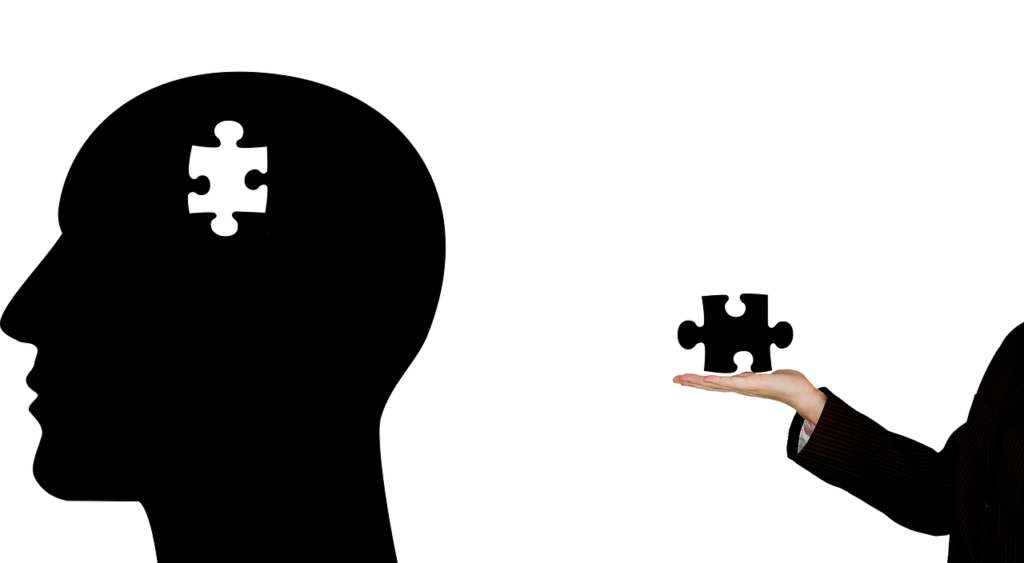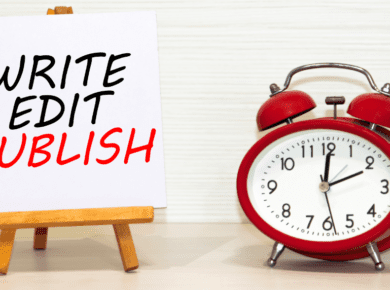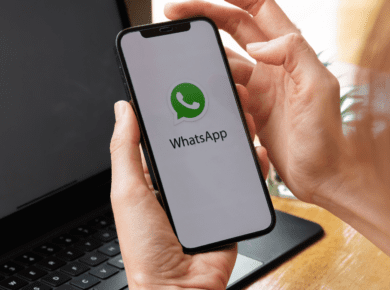Are you a teacher who wants solid teaching strategies to improve weaker students? Do you want to know different proven teaching methods and teaching techniques to improve weaker students performance? In this article, we will learn about some of the important strategies to improve weaker students that you can use to achieve effectual academic outcomes and shape future generations holistically.

What is a teaching strategy?
A teaching strategy is a generic plan or program for a lesson/topic. A proper strategy combines different methods and techniques to achieve academic objectives. Following a teaching strategy, it will make a stronger and better communicative mutual relationship between students and teachers.
If you stick to only one way of teaching and do not use different strategies, it gets strenuous for students to cope or master the topic. As every student is different, it’s a requirement for understanding the topic too.
Teaching strategies to improve weaker students
1. Analyze why and where are students lacking in studies
It is important as a teacher to understand and analyze the weaker students in which area or subject they are lacking. Talk to them. The more you get familiar with their strengths and weaknesses, the more you can conclude and help them. You may find many reasons for their weak performance like:
- Lack of Discipline
- Less exposure to learning opportunities
- Chaotic home environment
- Complex study material – difficult to understand
- Anxiety and Stress
These can be some of the reasons for their weak performance and when you know the problem you can help them better and more effectively.
2. Concise lessons with demonstrated examples
For the topic you are going to teach, you must be clear about what aspect of your lesson you want to inculcate in students or what is the main purpose or goal. Make it clear or concise as it gets easier for students and teachers to understand and teach.
The involvement of demonstrated examples of each topic makes students more likely to absorb and retain the information. More examples lead to mastery of the topic.
3. Focus on encouragement and motivation
Never mock weaker students in front of the whole classroom as it can make them feel shattered and demotivated. After the class period, brilliant students tease or bully weaker students and as a result, they feel discouraged. For this, teachers must create a positive and encouraging environment for students.
For example, if a student fails to answer, don’t mock or make them feel stupid for their answer. Instead, you should talk to them and encourage and tell them ways to improve. This brings confidence in students.
4. Small group discussions and learning
This is one of the best strategy for teachers to work more closely with each student. Teachers can give different activities and interesting projects based on their subject or topic and instruct them to work. This will lead each student capable of constructive plans around the assessment. During this time, students gain skills, research about given topics, evaluate, make decisions, and much more which will help them enhance their learning and build strong skills.
5. Effective learning flowcharts
Flowcharts are graphical or visual diagrams that teachers can use to simplify complicated ideas into simpler words, diagrams, or symbols. This is one of the best strategies to improve weaker students. Often we see some students can’t grasp the idea, logic, or concept. So, to make this concept easy, you can use flowcharts. All the necessary information is well presented in flowcharts leading to effective learning.
Flowcharts can help students in number of ways, such as:
- Flowcharts offer a visual representation of information, which makes it simpler for students to comprehend complicated concepts and connections between various pieces of information.
- They enhance clarity and organization and aid in the clear and logical structure of information. This is one of the best strategies to improve weaker students that comprehends the primary ideas and follow the information’s flow.
- Complex processes can be broken down into smaller, more manageable parts using flowcharts. This can make a process easier to understand and less intimidating for pupils.
- Flowcharts help in problem-solving and can help students more quickly pinpoint any gaps in their comprehension of a concept.
6. Healthy feedback
Healthy feedback is one of the most important strategies to improve weaker students. Feedback tells students what they are doing well and what they need to improve upon, which helps them to focus their efforts and make progress.
- Encourages a growth mindset, when a student receives feedback they are more likely to see their weaknesses as areas for improvement and to have a more positive attitude towards learning.
- Feedback supports self-reflection and self-evaluation and helps the student to become more aware of their own learning.
- Helps in enhancing motivation when students receive feedback that is accurate, constructive, and timely.
Such a circle of appreciation and healthy feedback will help students establish an effort-focused atmosphere and acknowledge their mistakes as a learning opportunity.
The final word
In conclusion, there are several strategies that can be implemented to improve the performance of weaker students. These strategies to improve weaker students include differentiated instruction, extra support through targeted interventions, regular progress monitoring and feedback, creating a positive classroom culture, collaboration with parents, positive behavior interventions and supports etc.
It’s essential to understand that every student is unique, and it may require some trial and error to find the most effective strategies to improve weaker students.
The most powerful strategies to improve weaker students FAQs
A1. The most effective strategies to improve weaker students will depend on the individual needs of each student. Some of the strategies include differentiated instruction, extra support through targeted interventions, and regular progress monitoring and feedback.
A2. Tutoring or small-group instruction can help weaker students to catch up to their peers. Implementing a different approach of instruction can ensure that the teaching is delivered to all the students.
A3. This can be achieved through positive reinforcement, clear expectations, and building strong relationships with students.
A4. Technology can be used to support weaker students in various ways, including providing interactive and engaging learning experiences, providing targeted feedback and interventions.




